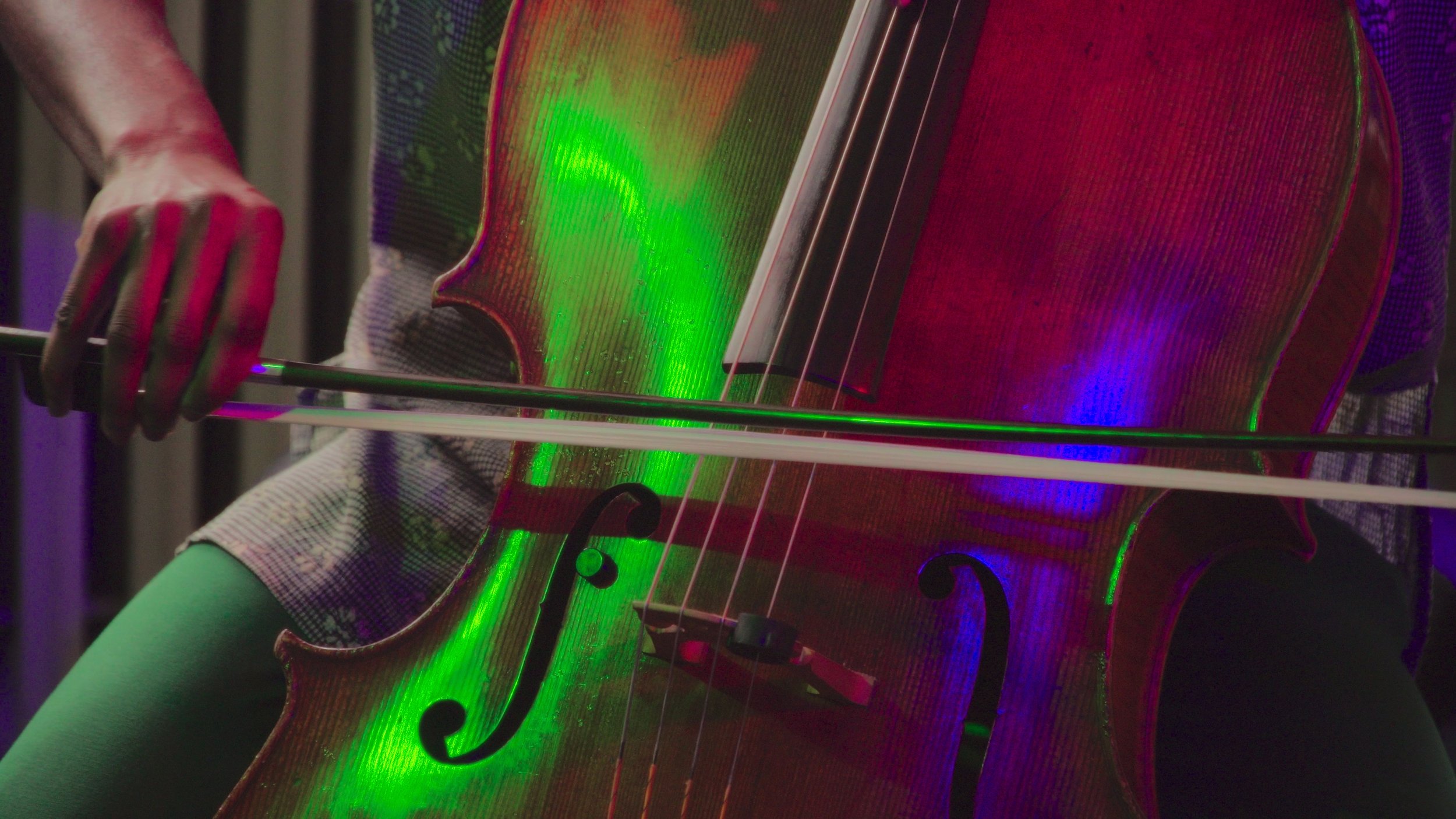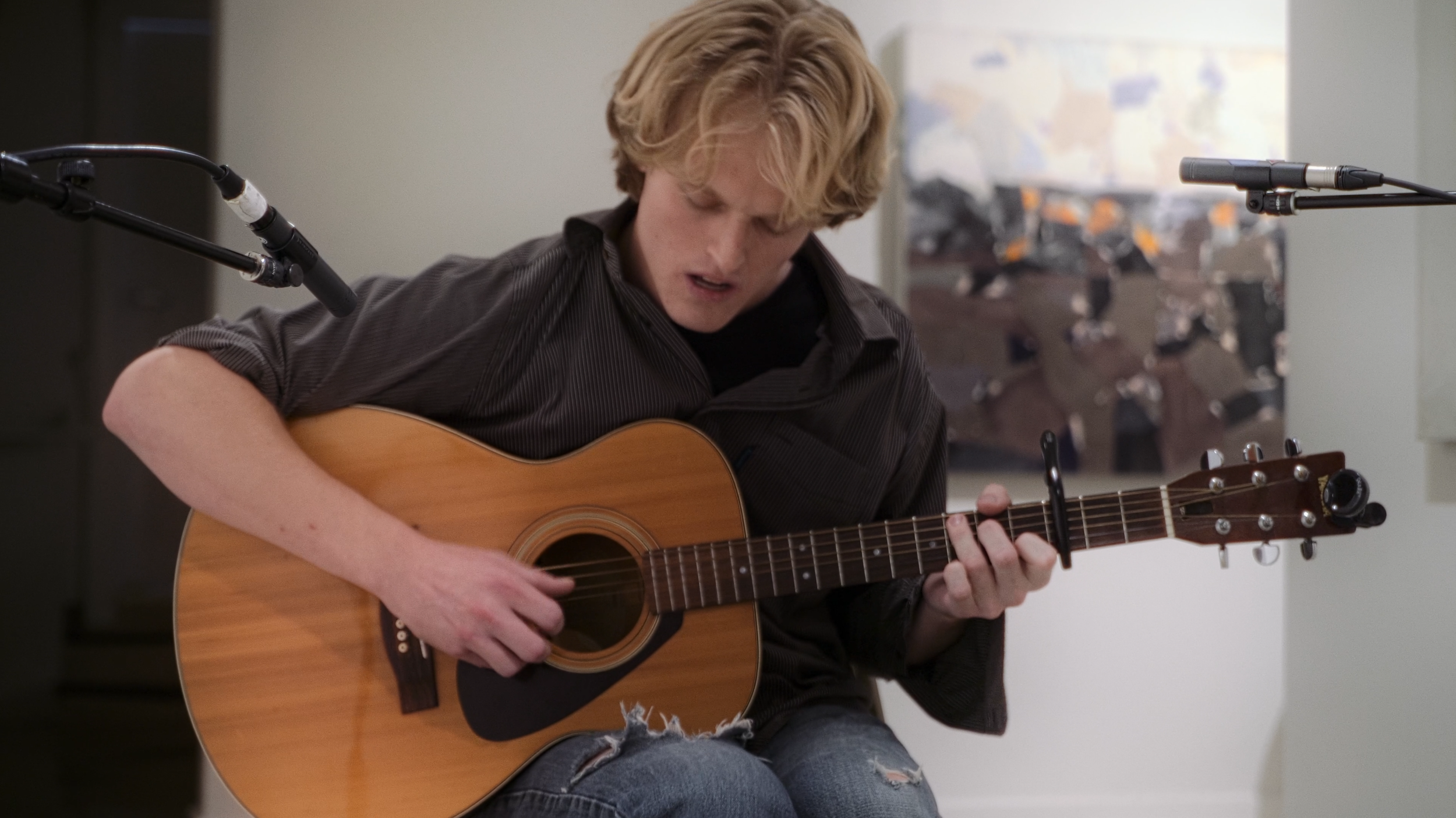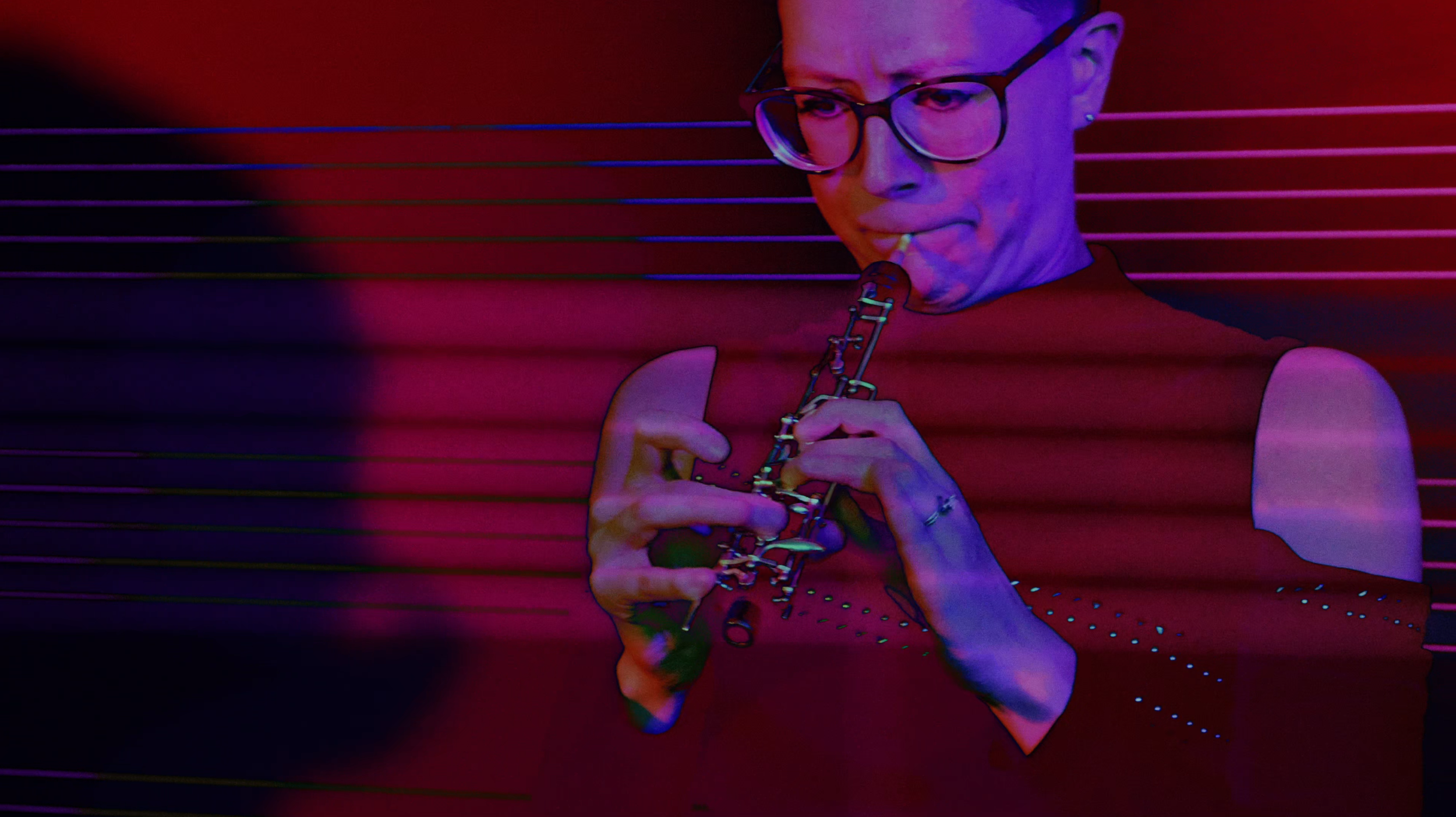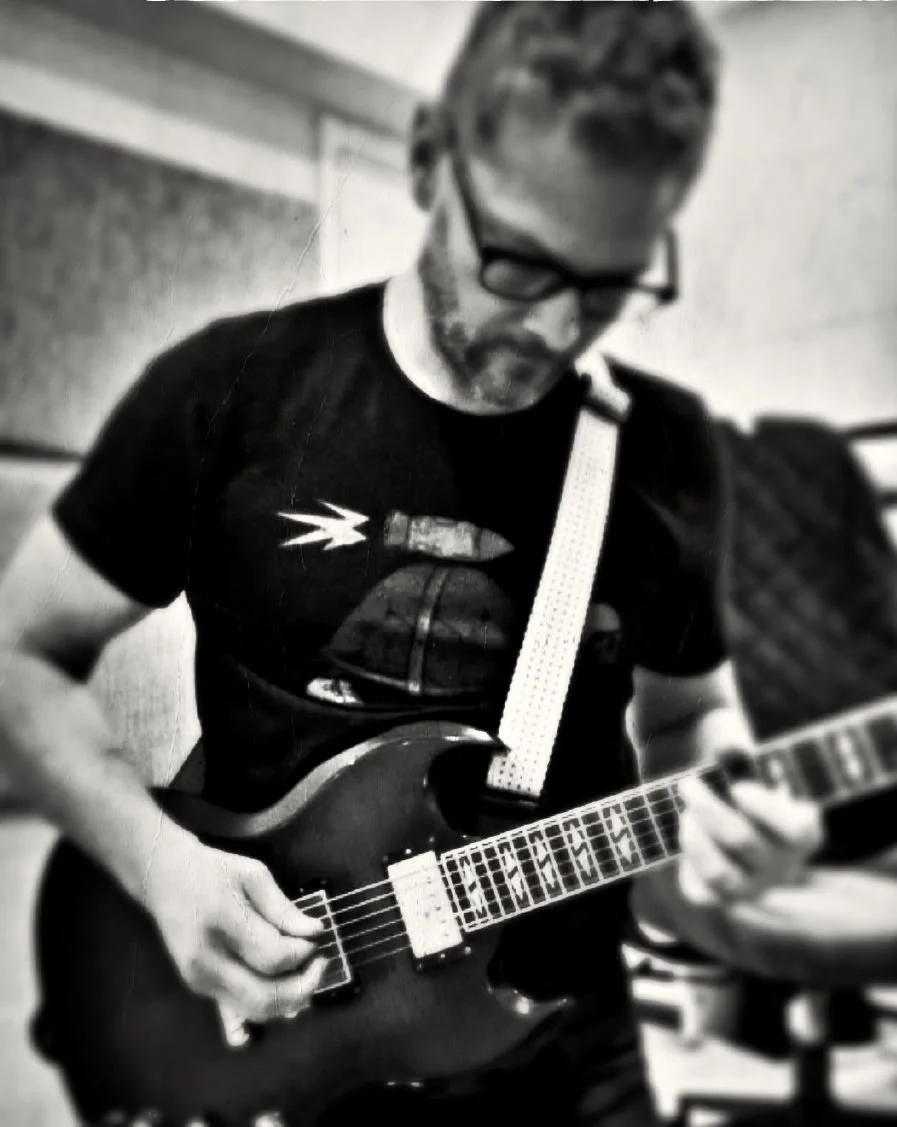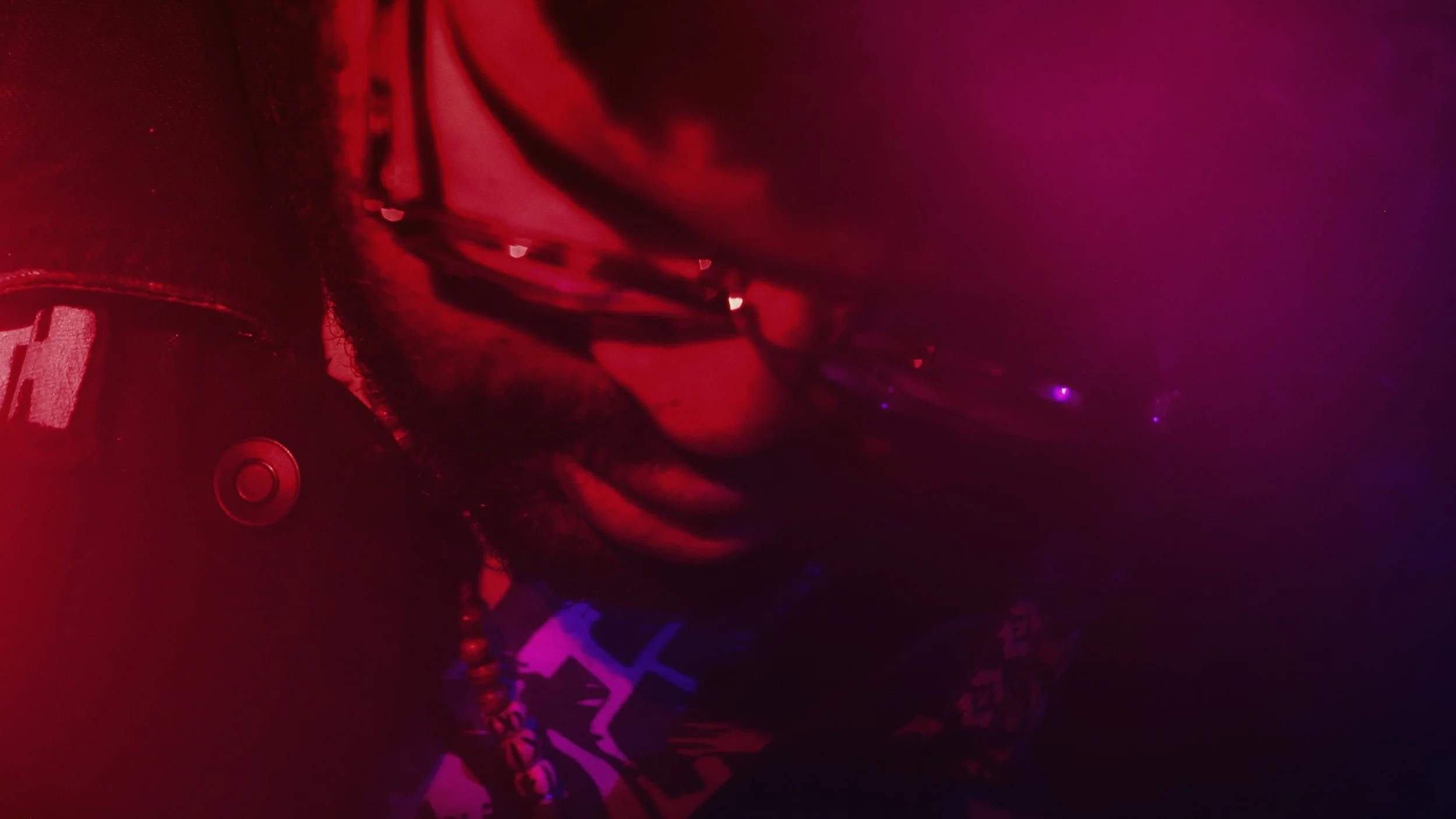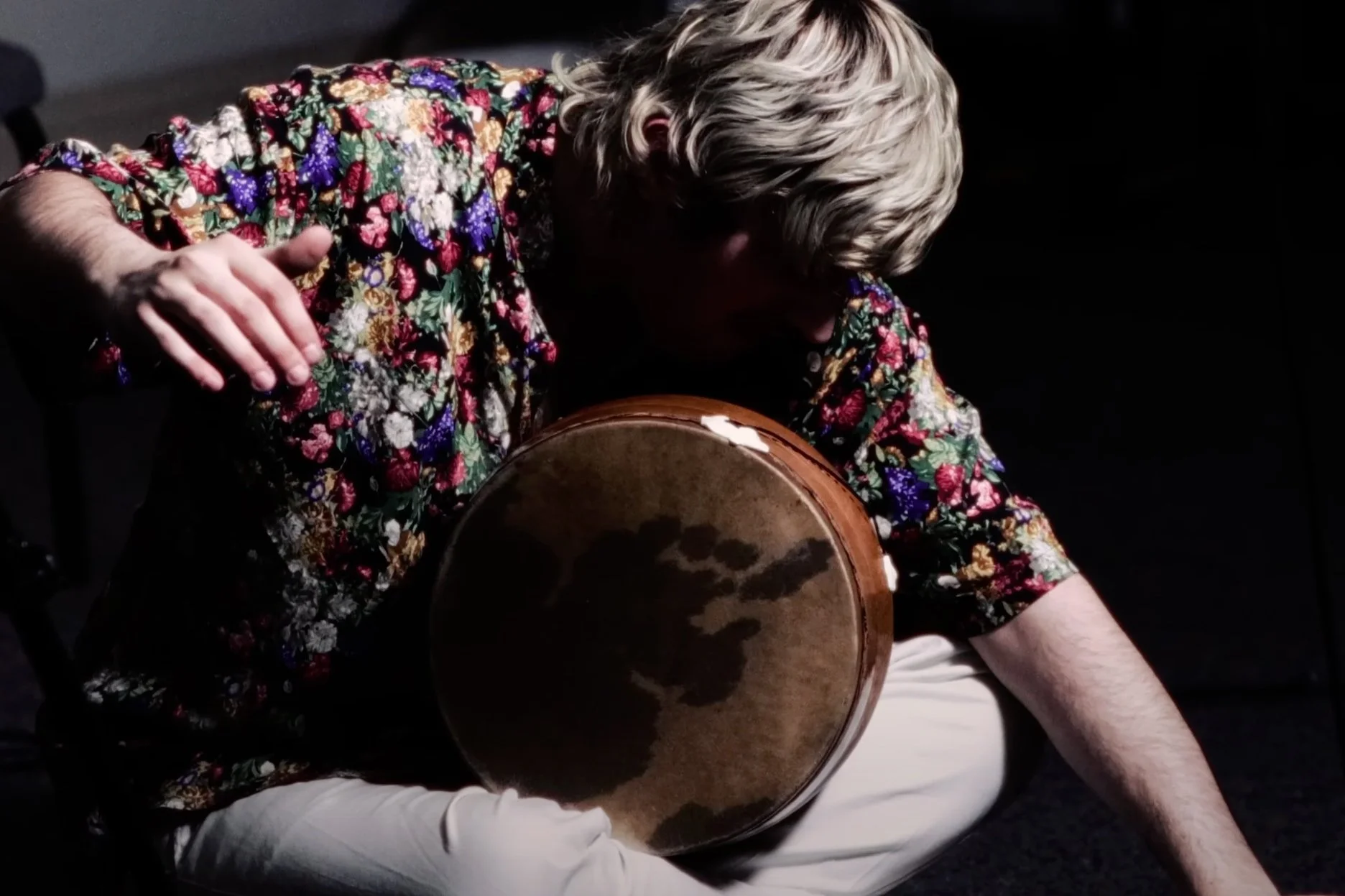CATALOG
by PERFORMER
season 2 ('24-)
season 1 ('22-'24)

ARTIST SPOOTLIGHT:
MODULAR SYNTH
byy bojjun zhanggg
Bojun Zhang's live performance on modular synth is the latest edition to our ever-expanding catalogue. Check out our newest live recording from dexFest 2024!
CATALOG
by INSTRUMENT
-
AS THOUGH I’M SLIPPING sofí jáquez & paul yorke
SPLINTERINGS for DOUBLE BASS jakob heinemann
ELECTRIC GUITAR andrew chanover
DHOLAK AND ELECTRONICS anant shah
THIS IS A TANGIBLE SPACE for MULTIMEDIA grant johnson
BASSOON + ELECTRONICS WITH GENERATIVE VIDEO max coleman & arlo tomecek
FEEDBACK TELEVISIONS sam pluta
PREPARED HAMMERED DULCIMER + DIGITAL SIGNAL PROCESSOR cameron church
NO IMPUT MIXING BOARD jared murphy
-
-
-
-
-
-
Sam Pluta (X.Tlv. Pl AV2023 S1)
Not sure how to read our lookup numbers? Check out our quick guide here!
CATALOG
by lookup number
Not sure how to read our lookup numbers? Check out our quick guide!
Max Coleman & Arlo Tomeček (W.Bsn. CoTo AV2024 S2)
LOOKUP
NUUUMBERS
how
to
read
our
Our lookup numbers, like the ones above, have four parts. They look complex but they’re easy to read after this intro. Let’s go part by part.
Example:
Part 1: Instr.ument. Performer (Ex: K.Hps. Su)
The first part of the label tells us the type of instrument (K for keyboard, Hps for harpsichord; see List of Symbols) followed by the last name of the performer.
Part 2: TypeYear Season (Ex: AV2023 S1)
The next section tells us two things. It’s an audio-visual sample and that it was produced in 2023. If the label read A2024, then the collection is audio only, produced in 2024. S1 is season 1. We usually have one or two seasons a year, and we’re on season 2 now (woohoo!)
Part 3: Bucket.Number (Ex: B.13)
This is all about ordering, telling us first sample type and then number of the sample (or the order of the sample in the collection). More info below:
Samples are grouped into buckets A, B, C, D, E, and X. A group contains the entirety of the one-hour recording, from start to finish; each group has smaller and smaller splices, still containing roughly the same duration of samples, so that group X is made of samples 1-2s long but contains an hour’s-worth of recordings. The samples are modulated more and more as the groups go on, so that sounds from group X sound nothing like their original source recording. B will have shorter samples than A, C will have shorter samples than B, and so on.
Part 4: [Quality] [Qualifiers] (Ex: [4K] [Met Perc Cle Lou Poly Exc])
The last section has one or two sets of brackets, each holding valuable information. The first set of brackets tells us the type and quality of the sample such as 4K, 1080p, stereo, 4-channel, etc. Some samples may have a second set of brackets containing a list of signifiers providing details about the sound in that file, whether they are short, percussive sounds, whether it is in time or free of meter, etc.
So our label of K.Hps. Su AV2023 S1 B.13 [4K] [Met Perc Cle Lou Poly Exc] is referencing an audio-visual collection of harpsichord samples produced in season 1 of 2023 by Sebastian Suarez-Solis (this set, actually); specifically it is referencing the 13th sample of group B, which is a 4K video file, the sound of which is metered, percussive, clean audio that is loud, polyphonic, and exciting.
So that’s it! We’ve successfully read out a lookup number.
This was an example of a file, which have the most complex lookup numbers as they are they smallest units of our filepath. Some examples follow:
A collection of sounds will look like this:
K.Hps. Su AV2023 S1
And a bucket within that collection will look like this:
K.Hps. Su AV2023 S1 A
One more thing! It’s an unlikely wildcard, but if this collection happened to be the second harpsichord collection by the same performer in S1 of 2023, then the label would read:
K.Hps.2 Su AV2023 S1
That’s everything!
List of Syymbols
Instrument Type
V - Voice + Body
K - Keyboards
B - Brass
E - Electronics
S - Strings
W - Winds
P - Percussion
X - Other
Collection Type
V - Video
A - Audio
AV - Audio-visual
O - Other
Quality/Output Type
1080p - 1080p resolution video
4K - 4K resolution video
ste - Stereo audio
4ch - 4-Channel audio
Qualifier Type
Met - Metered; Fre - Free; Perc - Percussive; Sus - Sustained; Cle - Clean audio; Dis - Distorted audio; Mono - Monophonic; Poly - Polyphonic; Lou - Loud; Qui - Quiet; Med - Medium Loud; Bra - Brassy; Exc - Exciting; Sta - Static; Sho - Short; Lon - Long; Oth - Other; Ow - Low range; Mid - Medium high range; Hi - High range; Spa - Spatial Audio


